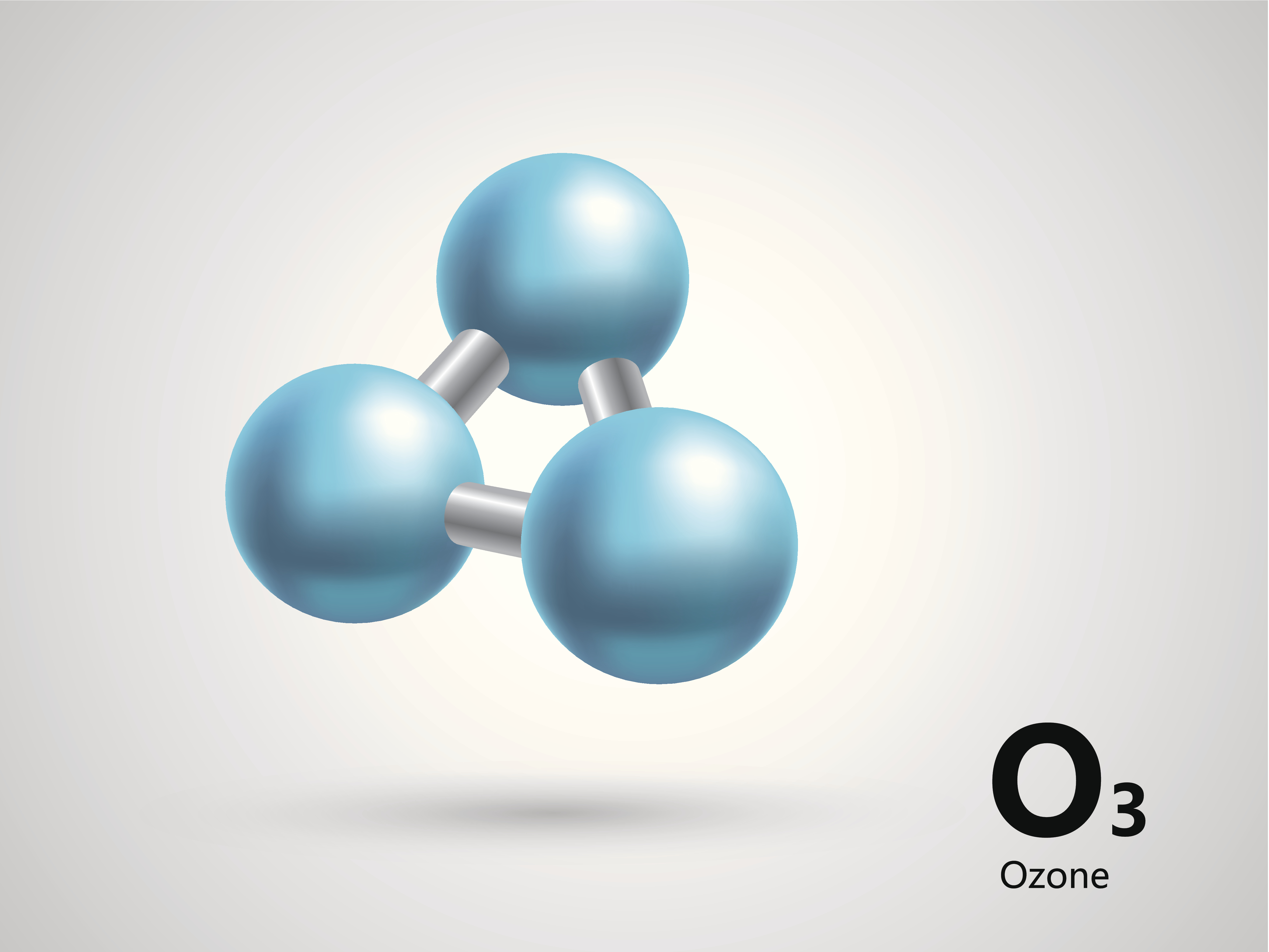Ozone
Ozone (O3) is a highly reactive gas composed of three oxygen atoms.
 It is found in both the upper atmosphere and at ground level. Ozone can be "good" or "bad" for your health and the environment, depending on its location in the atmosphere. The
U.S. EPA explains ozone as being "Good Up High, Bad Nearby" (PDF).
It is found in both the upper atmosphere and at ground level. Ozone can be "good" or "bad" for your health and the environment, depending on its location in the atmosphere. The
U.S. EPA explains ozone as being "Good Up High, Bad Nearby" (PDF).
The atmospheric or "good" ozone layer extends upward from about 6 to 30 miles (10 to 48 km) and protects life on the Earth from the sun's harmful ultraviolet (UV) rays. Atmospheric ozone is formed naturally through the interaction of solar UV radiation with molecular oxygen (O2).
The ground-level or "bad" ozone layer is the layer closest to the Earth's surface. It forms primarily from reactions between two major classes of air pollutants:
volatile organic compounds (VOCs) and nitrogen oxides (NOx). Ozone is harmful to breathe and it damages crops, trees, and other vegetation.
Ambient Ozone Regulations
Both the U.S. EPA, under the
National Ambient Air Quality Standards, and the State of California Air Resources Board (CARB), under the
California Ambient Air Quality Standards, regulate ozone concentration. These standards define the maximum amount of ozone that can be present in outdoor air without harming human health.
Ozone-generating Air Purifiers
Some home air-cleaning devices intentionally produce ozone, which both CARB and the US EPA advise against using.
CARB has a useful website with information about ozone generators and guides on selecting a safe air purifier for your home. In addition, the US EPA warns against Ozone Generators that are Sold as Air Cleaners. More information on air cleaners can be found on the Ventilation & Air Cleaners topic page.